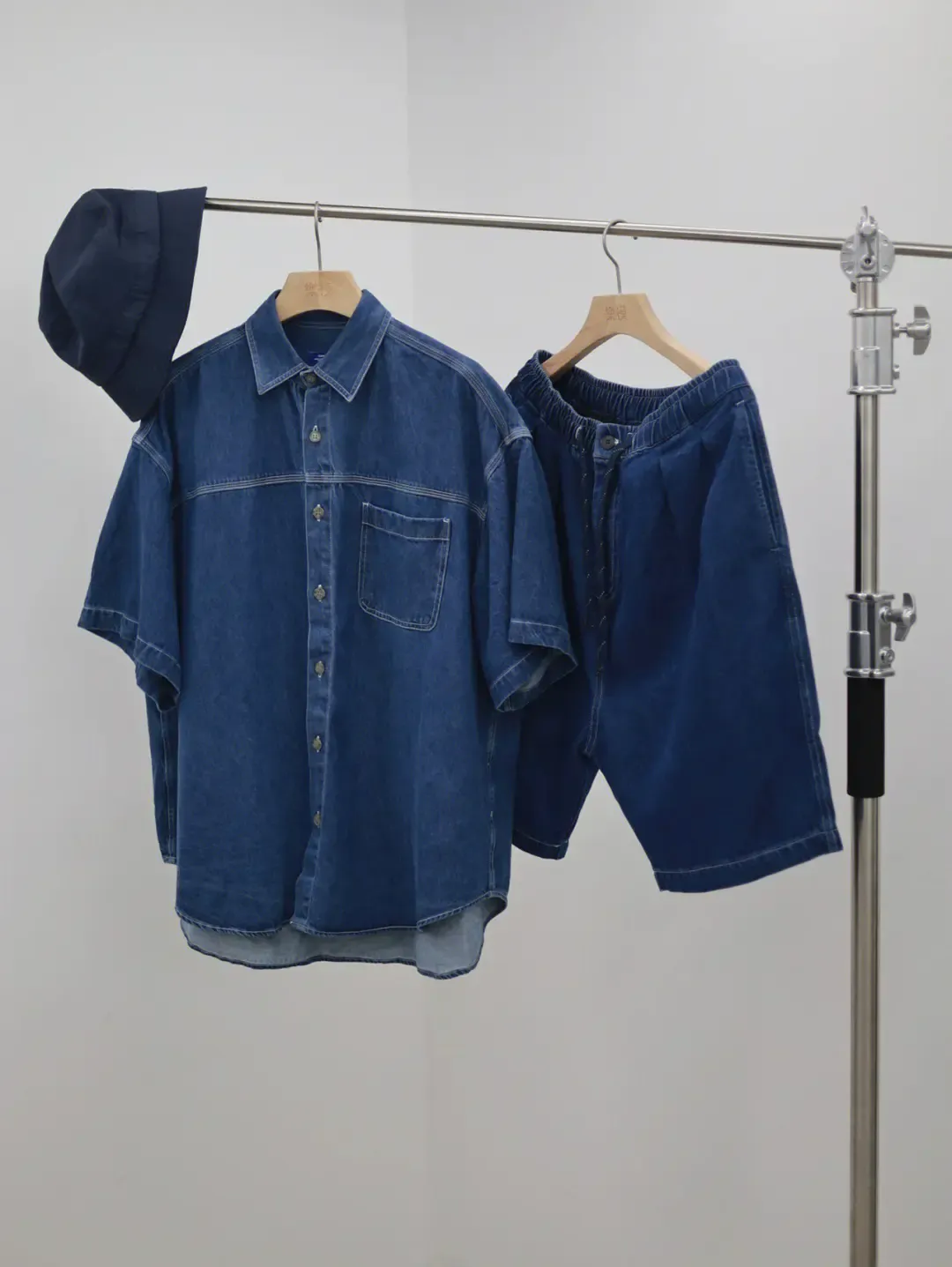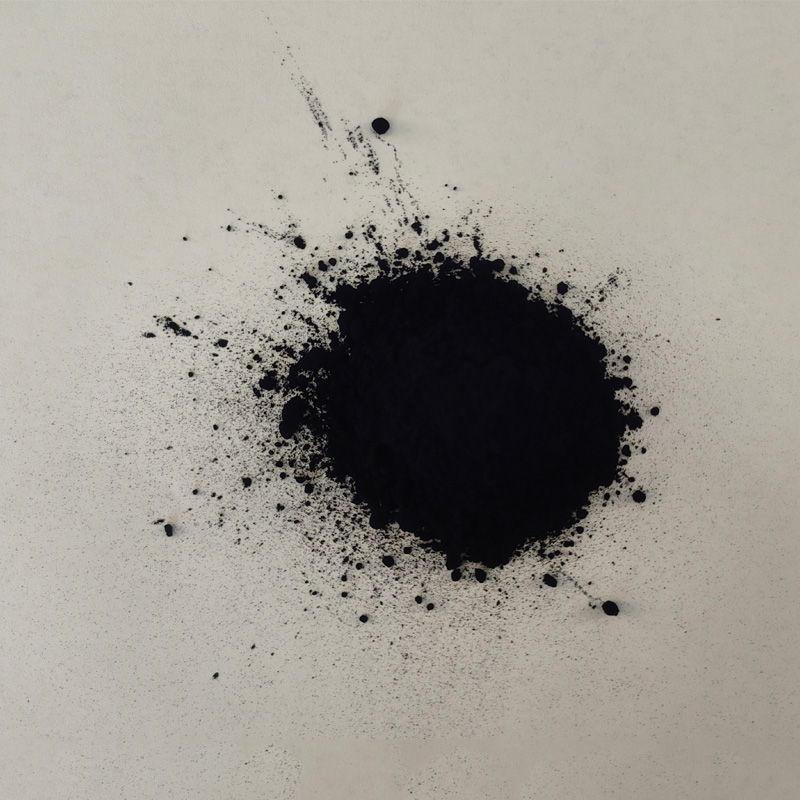
- Африк
- Албани
- Амхар
- Араб
- армян
- Азербайжан
- Баск
- Беларусь
- Бенгал
- Босни
- Болгар
- каталон
- Себуано
- Корсик
- Хорват
- чех
- Дани
- Голланд
- Англи
- Эсперанто
- Эстони
- Финланд
- Франц
- Фриз
- Галис
- Гүрж
- Герман
- Грек
- Гужарати
- Гаити Креол
- хауса
- Хавайн
- Еврей
- Үгүй ээ
- Миао
- Унгар
- Исланд
- игбо
- Индонез
- ирланд
- итали
- Япон
- Ява
- Каннада
- казах
- кхмер
- Руанда
- Солонгос
- курд
- Киргиз
- сүрьеэ
- Латин
- Латви
- Литва
- Люксембург
- македон
- Малгаши
- малай
- Малайлам
- Мальта
- Маори
- Марати
- Монгол
- Мьянмар
- Непал
- Норвеги
- Норвеги
- Окситан
- Пашто
- Перс
- Польш
- португал
- Пунжаби
- румын
- орос
- Самоа
- Шотландын Гел хэл
- Серб
- Англи
- Шона
- Синди
- Синхал
- словак
- Словен
- Сомали
- Испани
- Сундан
- Суахили
- швед
- Тагалог
- Тажик
- Тамил
- Татар
- Тэлугу
- Тайланд
- турк
- туркмен
- украин
- Урду
- уйгур
- узбек
- вьетнам
- Уэльс
- Туслаач
- Идиш
- Йоруба
- Зулу
Agriculture And Natural Dye Sources: Fabric With Indigo Grains
For centuries, the Indigofera plant has been the gold standard for natural blue dyes, offering textile artisans and manufacturers a sustainable alternative to synthetic colors. From raw индиго үр тариа to premium индиго цэнхэр мөхлөгт, each step in processing preserves the plant's vibrant pigment while meeting modern demands for indigo pure in eco-friendly textiles.The Indigofera plant's journey from field to fabric is a testament to the harmony between tradition and innovation. Its unique properties allow it to withstand rigorous processing techniques, ensuring that the resulting dye retains its purity and intensity. Moreover, the meticulous extraction and refinement processes minimize environmental impact, making it a preferred choice for eco-conscious consumers and businesses alike.

From Field to Dye: Processing Indigo Grains into Usable Color
The transformation begins with the Indigofera plant, cultivated specifically for its индиго үр тариа—the key to producing rich, long-lasting dyes. Farmers carefully harvest the leaves, which contain natural precursors that, when fermented and oxidized, develop into the iconic blue pigment. This traditional method yields either a paste or, after drying, индиго цэнхэр мөхлөгт, prized for its purity and intensity.
Unlike synthetic dyes, this process remains environmentally low-impact, making indigo pure a top choice for sustainable fashion brands. While modern techniques have streamlined production, the essence of the craft stays true to its agricultural roots.
Extracting Nature’s Blue: Turning Indigo Grain into Premium Dye
Producing high-quality индиго цэнхэр мөхлөгт requires precision at every step. The most common method involves steeping индиго үр тариа in water, where natural fermentation releases indigotin—the compound responsible for the dye’s deep blue hue. Through controlled oxidation, this liquid transforms into a solid pigment, which is then filtered and dried into индиго цэнхэр мөхлөгт or fine powder.
The entire process demands rigorous attention to detail, from the selection of indigo grain to the final drying stage. The quality of water used for steeping, the duration of fermentation, and the temperature during oxidation all play crucial roles in determining the purity and vibrancy of the final product. Additionally, the drying technique ensures that the granular form maintains its stability and is suitable for various dyeing applications.
While some manufacturers use chemical solvents for higher yields, these methods often sacrifice the organic integrity of indigo pure. That’s why traditional water-based extraction remains the preferred choice for premium, eco-conscious textile producers.
Why the Market is Shifting Toward Indigo Pure
The global textile industry is experiencing a major pivot toward indigo pure, fueled by consumer demand for sustainable and non-toxic dyes. Unlike synthetic indigo, which relies on petroleum-derived chemicals, индиго цэнхэр мөхлөгт sourced from Indigofera plants is biodegradable, renewable, and free from harmful residues.
This shift towards natural indigo not only aligns with the growing consumer consciousness towards environmental sustainability but also offers a healthier alternative for textile workers involved in the dyeing process. Additionally, the unique aesthetic qualities of naturally dyed fabrics, such as their deep, rich hues and subtle variations, appeal to consumers seeking authenticity and uniqueness in their garments.
Major fashion brands and small artisans alike are embracing indigo pure to meet eco-certifications and appeal to environmentally aware buyers. For wholesalers, this trend represents a prime opportunity to supply high-demand, ethically produced dyes. By stocking индиго цэнхэр мөхлөг, distributors can position themselves as leaders in the sustainable textile movement.
FAQ: About Indigo Pure
What’s the difference between indigo pure and synthetic indigo?
Indigo pure is 100% plant-based, made from Indigoferaleaves, while synthetic indigo is chemically manufactured from petroleum. Natural indigo is biodegradable, non-toxic, and has a unique depth of color that synthetics can’t fully replicate.
How do textile manufacturers use indigo blue granular?
The индиго цэнхэр мөхлөгт is dissolved in a specialized vat, where fabrics are repeatedly dipped to build up the iconic blue shade. This method is especially popular for denim, shibori, and other traditional dyeing techniques.
Why should wholesalers prioritize indigo pure in their inventory?
With sustainability driving purchasing decisions, indigo pure is in high demand. Brands and artisans seek reliable suppliers of индиго цэнхэр мөхлөг to meet eco-friendly production standards—making it a smart investment for forward-thinking distributors.
Can small-scale producers process indigo grain efficiently?
Absolutely! Many artisans and small workshops successfully process индиго үр тариа using traditional methods. This not only supports local economies but also preserves cultural dyeing techniques.
How does your company ensure top-quality indigo blue granular?
We source индиго үр тариа from trusted organic farms and use time-tested extraction methods to guarantee indigo pure with unmatched colorfastness and consistency. Partner with us for dyes that meet the highest industry standards.
The shift toward sustainable textiles is accelerating, and indigo pure is at the forefront. By supplying индиго цэнхэр мөхлөгт, wholesalers can meet the needs of eco-conscious brands while supporting ethical agriculture.Ready to elevate your product lineup? Contact us now to place your order and become a key player in the future of natural dyes!
-
Denim Indigo Dye Supports Sustainable Fashion
МэдээAug.28,2025
-
Black Sulfur Elevates Material Durability
МэдээAug.28,2025
-
The Alchemist's Indigo: A Forgotten Dye Of The Ancient World
МэдээAug.28,2025
-
Sustainable Sulphur Black Dyeing: Eco-Friendly Methods For Textile Factories
МэдээAug.28,2025
-
Sulfur Black Dyes: The Superior Choice For Industrial Applications
МэдээAug.28,2025
-
Indigo Blue: History And Cultural Significance
МэдээAug.28,2025
-
Global Sulphur Black Suppliers: Market Trends And Future Demand
МэдээAug.28,2025

Хүхрийн хар
1.Name: sulphur black; Sulfur Black; Sulphur Black 1;
2.Structure formula:
3.Molecule formula: C6H4N2O5
4.CAS No.: 1326-82-5
5.HS code: 32041911
6.Product specification:Appearance:black phosphorus flakes; black liquid

Bromo Indigo; Vat Bromo-Indigo; C.I.Vat Blue 5
1.Name: Bromo indigo; Vat bromo-indigo; C.I.Vat blue 5;
2.Structure formula:
3.Molecule formula: C16H6Br4N2O2
4.CAS No.: 2475-31-2
5.HS code: 3204151000 6.Major usage and instruction: Be mainly used to dye cotton fabrics.

Indigo Blue Vat Blue
1.Name: indigo blue,vat blue 1,
2.Structure formula:
3.Molecule formula: C16H10N2O2
4.. CAS No.: 482-89-3
5.Molecule weight: 262.62
6.HS code: 3204151000
7.Major usage and instruction: Be mainly used to dye cotton fabrics.
